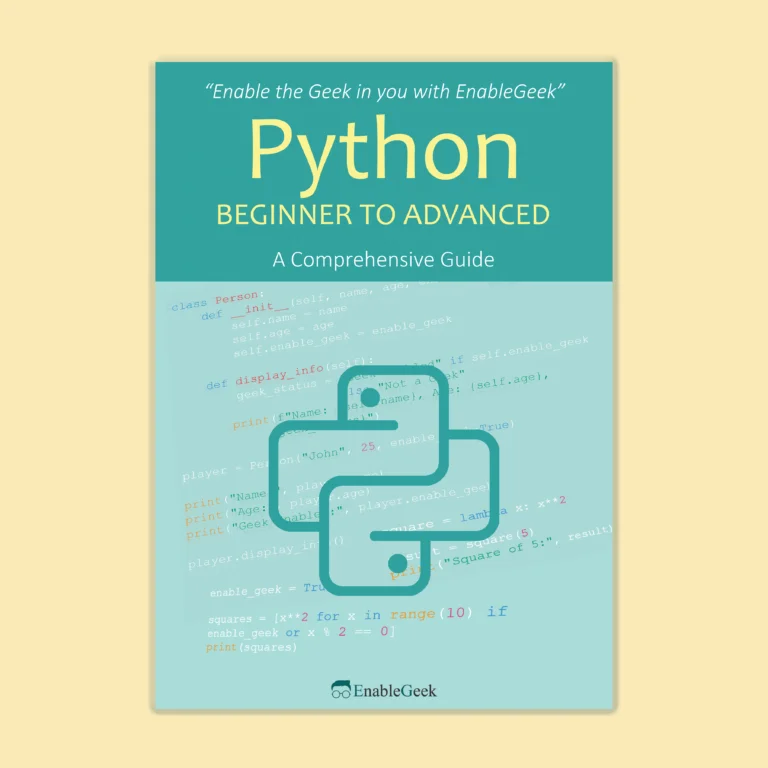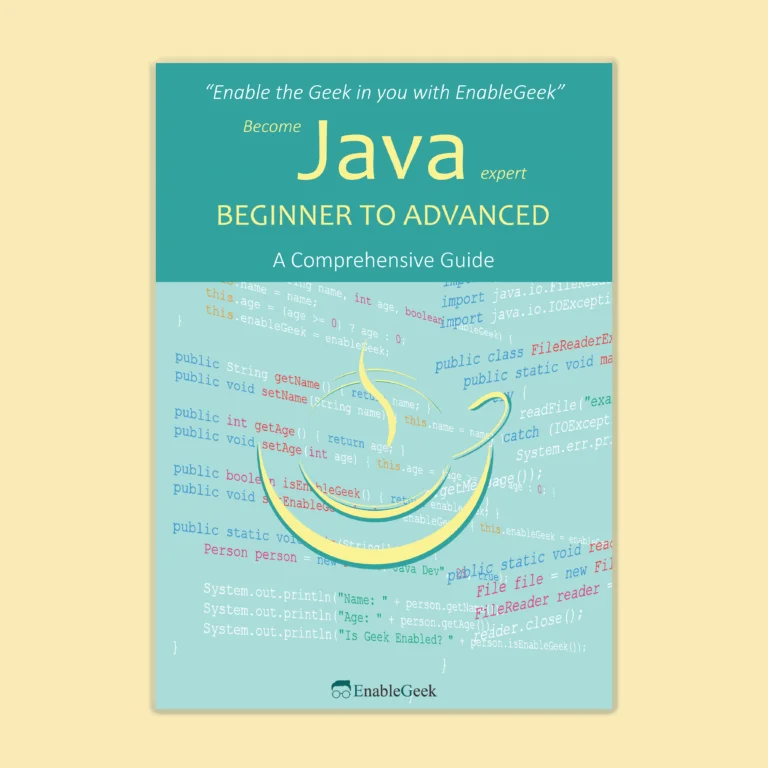When dealing with collections, developers frequently need to perform the fundamental Java procedure of converting arrays to lists. Although lists and arrays are both used to store collections of elements, they differ in their properties and manipulation techniques. It is important to comprehend the conversion between these two data structures to write legible and effective Java code.
We will examine many methods for converting Java arrays to lists in this comprehensive article, encompassing numerous cases and factors. The basic ideas of lists and arrays will be covered first, and then each conversion method included in the Java standard library will be thoroughly explained. We’ll also go into recommended practices, common problems to avoid when working with array-to-list conversions, and performance concerns.
Introduction to Arrays and Lists
In Java, collections of elements can be stored in both arrays and lists, but they behave differently and have different properties.
- Arrays: Arrays are ordered collections of elements of the same type that have a defined size. An array’s size cannot be altered once it has been constructed. Arrays are useful in situations where random access is necessary because they offer easy access to items by index.
- Lists: Lists are dynamic collections with dynamic size expansion and contraction. Lists may hold elements of various kinds and can be enlarged as needed, in contrast to arrays. Lists offer a variety of ways to add, remove, and access components in addition to implementing the List interface.
Arrays to Lists Conversion: Java Standard Library Methods
Java has many techniques, each with a different set of benefits and applications, for converting arrays to lists. Let’s examine the most popular methods:
Using Arrays.asList():
An easy approach to turn an array into a fixed-size list supported by the original array is to use the Arrays.asList() function.
String[] array = {"apple", "banana", "orange"};
List<String> list = Arrays.asList(array);
Using ArrayList.addAll():
Alternatively, you may use the addAll() function to construct a new ArrayList and add every element from the array.
String[] array = {"apple", "banana", "orange"};
List<String> list = new ArrayList<>();
Collections.addAll(list, array);
Using Streams
Streams may be used with Java 8 and later versions to transform an array into a list.
String[] array = {"apple", "banana", "orange"};
List<String> list = Arrays.stream(array);
collect(Collectors.toList());Using Guava Library
Guava offers a handy way to convert arrays to lists if you would rather use third-party libraries.
String[] array = {"apple", "banana", "orange"};
List<String> list = Lists.newArrayList(array);
Performance Comparison
When selecting an array-to-list conversion technique in Java, performance is a crucial factor to take into account, particularly when working with big arrays or performing conversions often. Let’s investigate the variables that affect each conversion method’s efficiency and take a closer look at its performance attributes.
- Arrays.asList(): The Arrays.asList() method converts an array to a list by wrapping it, but it’s a fixed-size list backed by the original array, causing UnsupportedOperationExceptions. It’s efficient for small to medium-sized arrays, but may not be ideal for large arrays or mutability scenarios.
- ArrayList.addAll(): The ArrayList.addAll() method creates a new mutable list by copying all elements from the original array, offering better performance and flexibility for large arrays or mutability scenarios compared to Arrays.asList().
- Stream-based Conversion: Java 8 introduces streams for converting arrays to lists, creating a stream, mapping elements to list elements, and collecting results. While it may introduce additional overhead, stream-based conversion offers a convenient and expressive solution for functional programming constructs.
- Guava Library: The Guava library offers utility methods for working with Java collections, such as Lists.newArrayList(), which creates a new ArrayList containing array elements, similar to ArrayList.addAll() in performance.
Factors Influencing Performance
The following are some of the variables that can affect how well array-to-list conversion techniques perform:
- Array Size: Performance may be significantly impacted by the size of the array being converted. For bigger arrays, methods that entail copying items (such as stream-based conversion and ArrayList.addAll()) may show increased cost.
- Memory Usage: Conversion techniques that require the creation of intermediary objects or new lists may need more memory, particularly when dealing with big arrays. When selecting a conversion technique, memory utilization is crucial to take into account, particularly in contexts where memory is limited.
- Requirements for Mutability: Take into account whether the final list must be changeable or immutable. Immutable lists may be obtained with functions like Arrays.asList() and Guava’s Lists.newArrayList(); mutable lists can be obtained with ArrayList.addAll() and stream-based conversion.
- Processing Overhead: The usage of intermediary objects or stream operations in some conversion techniques may result in the introduction of additional processing overhead. Potential performance bottlenecks can be found and code can be optimized as needed with the use of benchmarking and profiling.
Best Practices and Considerations
The following recommended practices and concerns must be kept in mind while dealing with Java array-to-list conversions:
- Immutable vs. Mutable Lists: Determine if you require an immutable or mutable list. While you may generate mutable lists using other ways, the Arrays.asList() method yields an immutable list backed by the original array.
- Performance Considerations: Take into account each conversion method’s performance attributes, particularly for big arrays. For your particular use case, benchmarking and profiling can assist in determining the most effective strategy.
- Null Handling: Understand how the array’s null values are handled by each conversion technique. If there are any null members in the array, several methods may raise NullPointerException.
- Data Integrity: Make sure that, upon conversion, the original array doesn’t alter, particularly if it’s shared by several threads or components.
To work with collections flexibly and effectively, it is common in Java programming to convert arrays to lists. You can choose the best conversion method for your particular use case by knowing the various methods that are available in the Java standard library and taking into account variables like performance, mutability, and null handling.
We have covered a variety of array-to-list conversion techniques in this extensive book, such as stream-based conversion, Arrays.asList(), ArrayList.addAll(), and Guava library methods. We’ve covered best practices, frequent problems, and performance considerations to help you make wise choices while using Java array-to-list conversions.
We have covered a variety of array-to-list conversion techniques in this extensive book, such as stream-based conversion, Arrays.asList(), ArrayList.addAll(), and Guava library methods. We’ve covered best practices, frequent problems, and performance considerations to help you make wise choices while using Java array-to-list conversions.



